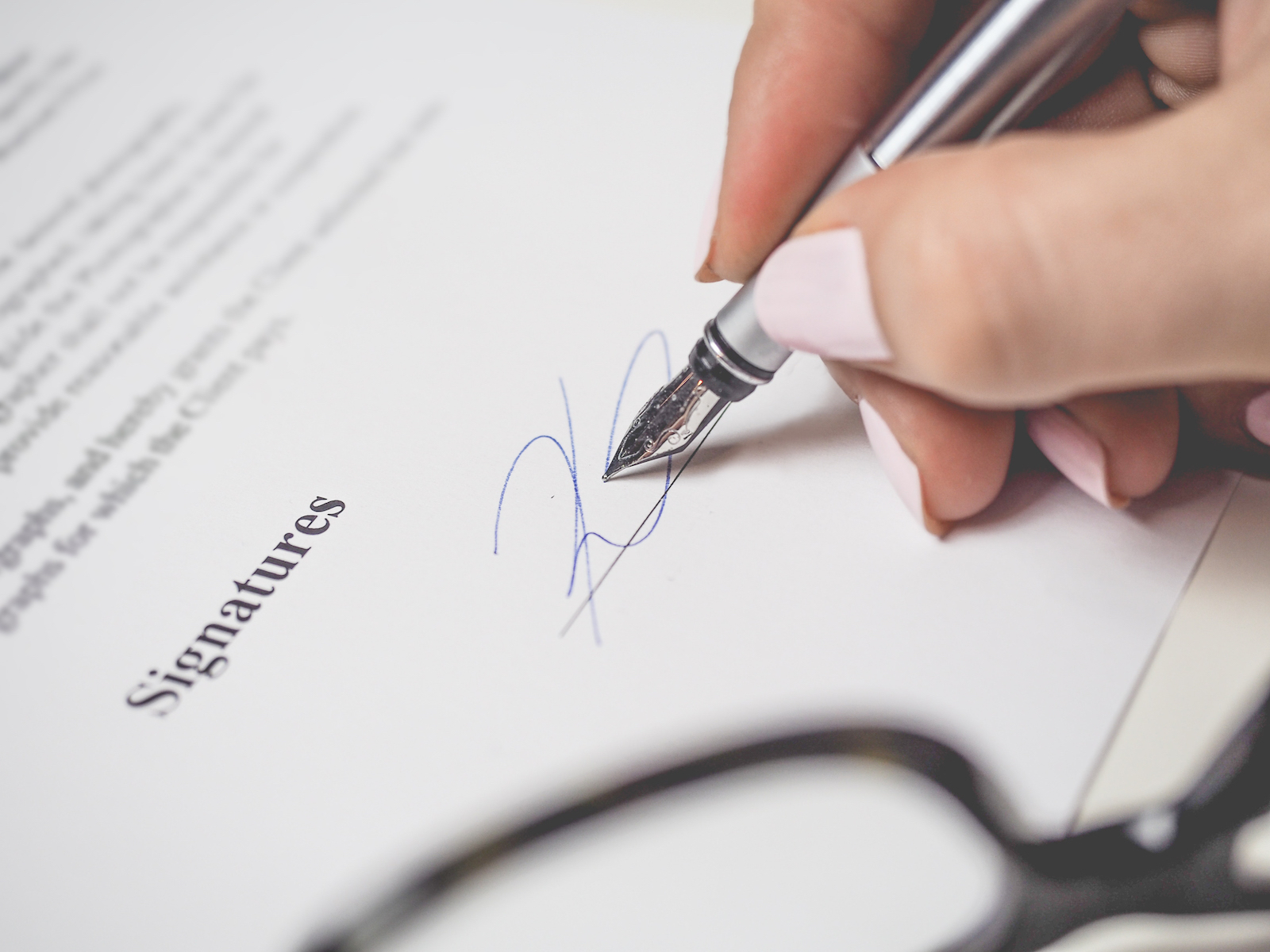
What To Know When Getting A Mortgage
Buying a house can be overwhelming, especially for first-time homebuyers. Between the price tag, the documents, the decisions and all the unsolicited advice from people who are just trying to help…we get it.
What to know when getting a mortgage
Your mortgage checklist
A handy reference for homebuyers shopping around for a mortgage
Buying a house can be overwhelming, especially for first-time homebuyers. Between the price tag, the documents, the decisions and all the unsolicited advice from people who are just trying to help…we get it.
Here at Cortel, we know all about the homebuying process. While your mortgage is just one aspect of that process, it’s an important one. After all, you’ll be living (and paying) that mortgage for years after the sale closes and you move into your home.
To cut through the noise, we developed a checklist of just 4 items to keep in mind when selecting a mortgage. If you do your homework, in this order, we’re confident that you’ll feel confident in your choice.
1. Build a budget to determine the home you can afford
There’s a calculation, sometimes known as the DTI (Debt to Income Ratio), that you can perform yourself to determine the threshold of affordability for your home. Forbes calls it the “28/36 Rule.”
In essence, you want to ensure that all your housing-related costs on a monthly basis—your mortgage, property taxes, utilities—remain below 28% of your total household income. That, plus your other debt obligations—student loans, car loans, etc.—should ideally be below 36%. The Canada Mortgage and Housing Corporation places those thresholds a little bit higher at 32% and 40%, respectively.
You’ll also have to consider the upfront costs for the home. That will include your down payment, which should be at least 20% of the price of the home, plus closing costs, which could run as high as 4% of the price of the home.
All of these calculations will come into play when you are being approved for a mortgage, so best to think about them in advance and how they fit with other regular expenses such as entertainment, groceries, and clothing.
2. Think about what kind of mortgage is best for you
Options for mortgages vary quite widely, but there are a few critical features to weigh in order to decide which mortgage best fits your situation:
- Variable or fixed interest rate – The interest rate will determine how much you pay over and above the principal (which is the base amount you borrowed). Variable rates tend to be lower than fixed rates, but that’s because they fluctuate with the market. You don’t know how your rate may change over the course of your mortgage term. There are also capped variable rates, which fluctuate but don’t exceed a predetermined limit.
- Amortization rate – This refers to the length of time it will take you to pay down the cost of the mortgage, typically about 25 years. If it’s longer, your monthly or biweekly mortgage payments will be lower, but in the long run, you’ll pay more in interest. The shorter the amortization, the higher the monthly payments, but the less you pay in interest.
- Open or closed – Open mortgages allow you to pay off your mortgage in full or in part at any time without penalties. But even closed mortgages usually allow you to make lump sum payments directly towards the principal, or increase your monthly payments in order to take an additional bite out directly out of the amount owing.
It’s also worth taking a look at penalties to find out what happens if, for whatever reason, you need to break the terms of your contract.
3. Shop around
It’s possible that your first offer may be your best one. If you or your family members have been long-term customers at a bank, for example, it’s likely a mortgage specialist at that bank will offer you a discounted rate and favourable terms on your mortgage to ensure you don’t get your mortgage elsewhere. Still, do your due diligence by shopping around. In addition to visiting lenders such as banks and mortgage companies, consider using a broker. Brokers can tap into a network of lenders who don’t deal directly with homebuyers.
4. Get pre-approved
Pre-approval refers to the process by which a lender examines your finances to determine a) the maximum mortgage for which you qualify; and b) the interest rate for which you’re eligible. To get pre-approved you’ll need to set up a meeting with a potential lender, where you’ll need the following documents:
- Government-issued photo ID
- Proof of address
- Proof of income
- Proof of savings and investments
- Proof of down payment
- Details of your debts (student, car, etc.)
- Employment information (including history, and your employer’s contact info)
It’s also a good idea to check your credit score before the meeting, just to ensure there aren’t any mistakes or surprises when the lender performs their check.
Getting pre-approved doesn’t guarantee a final approval, but it will give you a much better idea of what your mortgage will look like. The interest rate given upon pre-approval is typically in effect for 60-120 days after. Still, remember to ask the lender how long you have to mull over your decision and shop around.
To read more…
More Homebuying 101
Register



